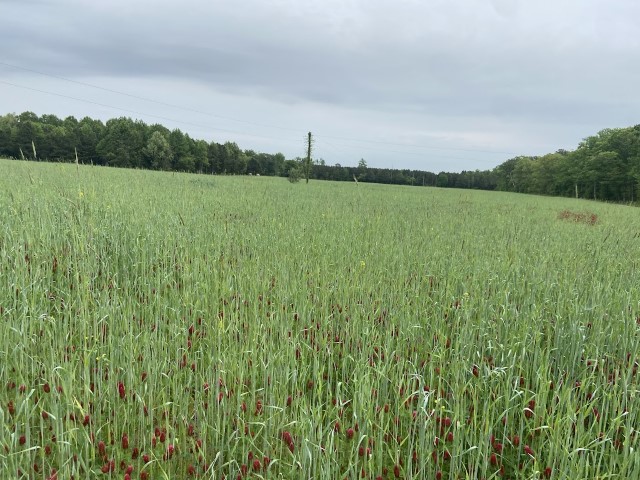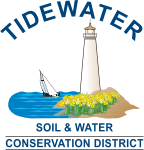Programs
The Tidewater Soil And Water Conservation District participates in the Virginia Agriculural Cost-Share Program.

Virginia Agricultural Cost-Share Program (VACS)
The Virginia Agricultural Best Management Practices Cost-share Program is administered by the Virginia Department of Conservation and Recreation (DCR) through 47 local Soil and Water Conservation Districts (District or SWCD). The program’s goal is to help farmers implement a range of conservation practices that improve and protect water quality in the state’s streams, rivers, and the Chesapeake Bay. The VACS cost-share program runs annually from July 1st through June 30th. The program offers cost-share assistance as an incentive to carry out construction or implementation of selected Best Management Practices (BMPs). By improving animal and soil health and reducing nutrient waste, these practices also help increase farm profitability, further encouraging the voluntary installation of agricultural BMPs to meet Virginia’s non-point source pollution reduction water quality objectives. Although resource-based problems affecting water quality occur on all land, this program promotes efforts for corrective action on agricultural land only.
Producers may receive up to $300,000 annually in state cost-share reimbursement for more than 70 BMPs including:
- Nutrient Management Plans
- Cover Crops
- Forested or Herbaceous Buffers
- Split or Precision Application of Nutrients
- Stream Exclusion Fencing & Watering Systems for Livestock
- Erosion Control Practices
Tidewater SWCD offers signup for VACS practices on a rolling basis annually, however for the best opportunity to receive funding, we encourage applicants apply during our initial signup period from mid-July to mid-August.
Additional VACS Program Information
Whole Farm Approach
In addition to the VACS practices, Tidewater SWCD offers the Whole Farm Approach (WFA) Nutrient Management and Cover Crop pilot programs. WFA was created to capture all of the practices producers put on the ground even if they were not funded through VACS due to low ranking, lack of funding, or not prioritized through secondary considerations. The Whole Farm Approach increases the information provided to the Bay Model towards agricultural nutrient reductions and improving water quality.
